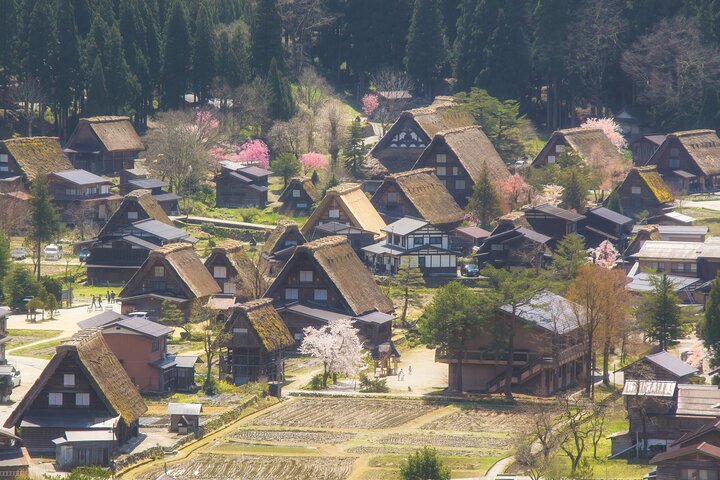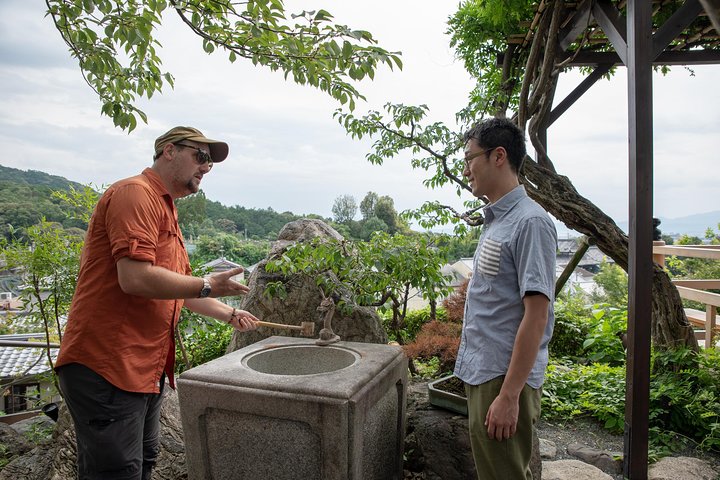Exploring Nagoya’s Hidden Gems: Castles, Kimonos, and Cultural Wonders
Drawn by the allure of Japan’s rich history and unique cultural experiences, I embarked on a journey through Nagoya’s ancient sites and vibrant traditions. From the majestic Inuyama Castle to the intriguing Tagata Jinja, this tour promised an unforgettable exploration of Japan’s heritage.
A Journey Through Time: Inuyama Castle and Sanko Inari Shrine
As I embarked on the Japan Castle Tour, I was immediately drawn into the rich tapestry of Japan’s history. Our first stop was the Sanko Inari Shrine, nestled at the base of the majestic Inuyama Castle. The shrine, with its storied past, offered a serene introduction to the day’s adventures. Walking through the torii gates, I felt a deep connection to the countless generations who had come before me, seeking blessings and prosperity.
The shrine’s annual festival, held every July, is a spectacle of light and tradition. Though I visited outside of this time, the stories shared by our guide painted a vivid picture of the lantern-lit boats drifting down the Kiso River. The shrine’s peaceful ambiance was a perfect prelude to the grandeur of Inuyama Castle, Japan’s oldest mountain fortress.
Inuyama Castle itself is a marvel of architectural ingenuity, standing proudly since 1537. As I climbed its ancient steps, I couldn’t help but imagine the samurai who once roamed these halls. The view from the top was breathtaking, offering a panoramic vista of the surrounding landscape, a testament to the strategic importance of this historic site.
Embracing Tradition: Kimono and Rickshaw Experience
After exploring the castle, we ventured into the charming streets of Inuyama Jokamachi. Here, I had the opportunity to don a traditional kimono, a garment that embodies the grace and elegance of Japanese culture. Walking through the streets, I was transported to a bygone era, where each shop and house whispered tales of the past.
The rickshaw ride was a delightful experience, offering a leisurely pace to absorb the sights and sounds of the town. Our guide, a local expert, shared fascinating insights into the history and significance of each landmark we passed. It was a reminder of the importance of preserving these cultural treasures for future generations.
Lunch was a delightful affair, with options ranging from quaint eateries to traditional bento boxes enjoyed al fresco. The flavors of the local cuisine were a testament to the region’s culinary heritage, each bite a celebration of the land’s bounty.
A Unique Cultural Encounter: The Penis Shrine
The final leg of our journey took us to the Tagata Jinja, a shrine unlike any other. Known colloquially as the “Penis Shrine,” it is a place of fertility and prosperity, where phallic symbols abound. While it may seem unusual to some, the shrine holds deep cultural significance, celebrating the cycle of life and the blessings of nature.
Visiting the shrine was a thought-provoking experience, challenging preconceived notions and inviting reflection on the diverse ways cultures express reverence for life’s mysteries. The shrine’s annual Honen Festival, where a giant wooden phallus is paraded through the streets, is a vibrant celebration of fertility and renewal.
As the tour concluded, I was left with a profound appreciation for the rich tapestry of Japanese culture. The Japan Castle Tour offered a unique blend of history, tradition, and modernity, a journey that will linger in my memory for years to come.










































